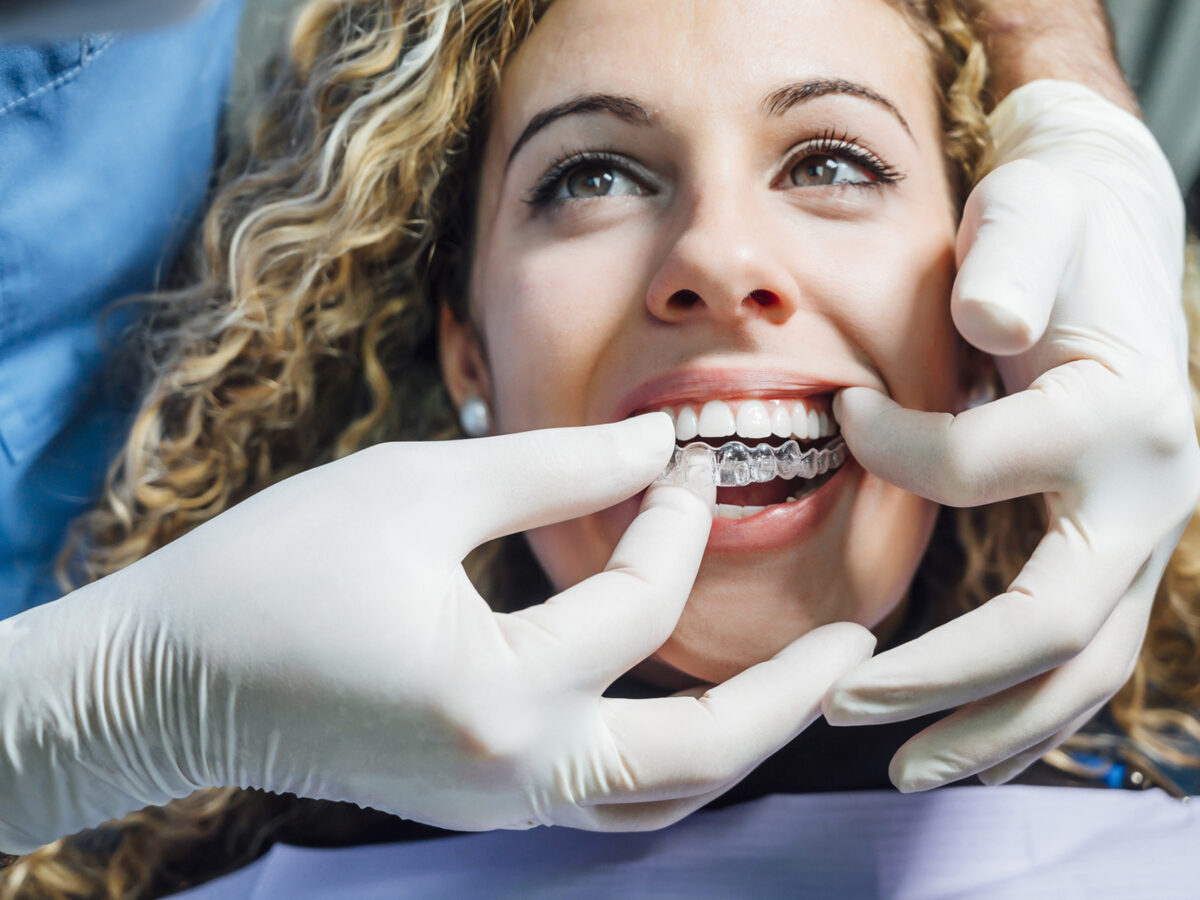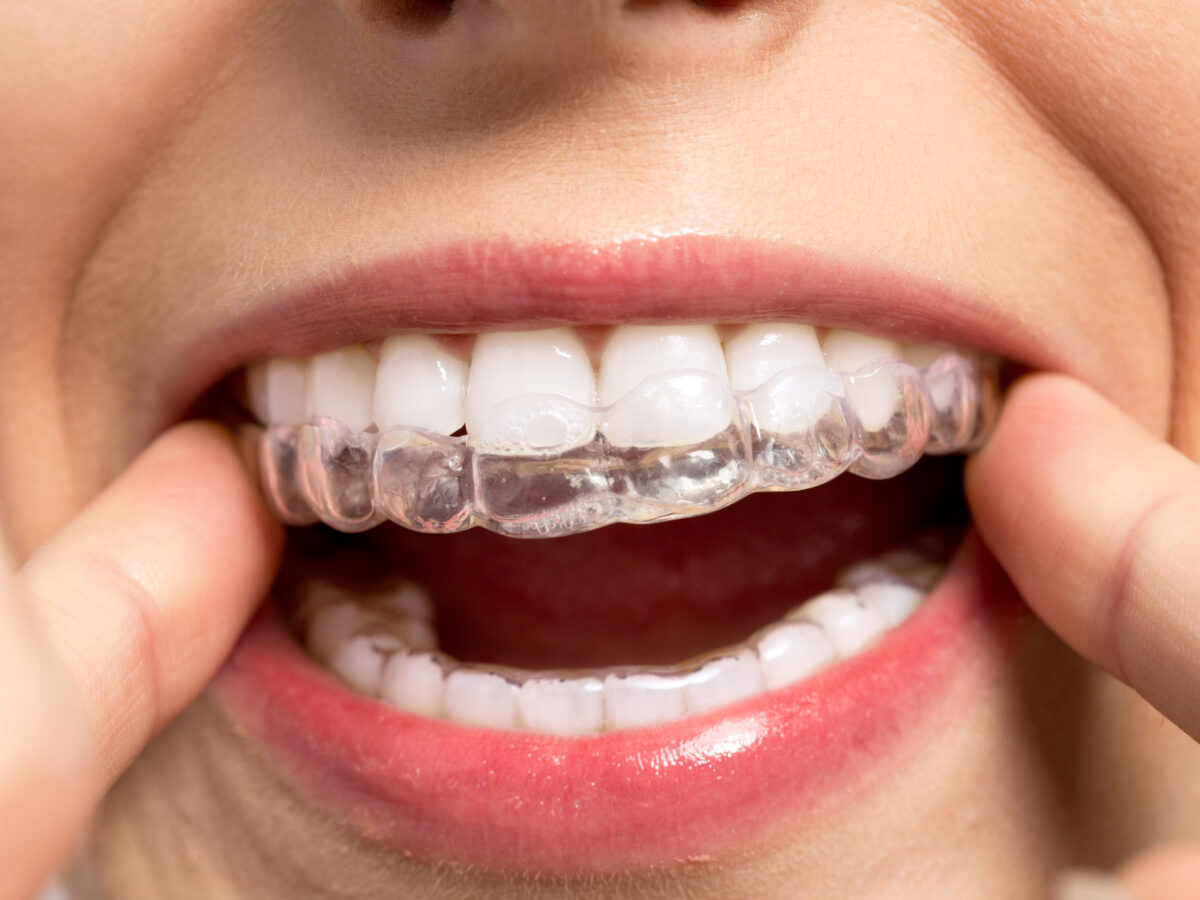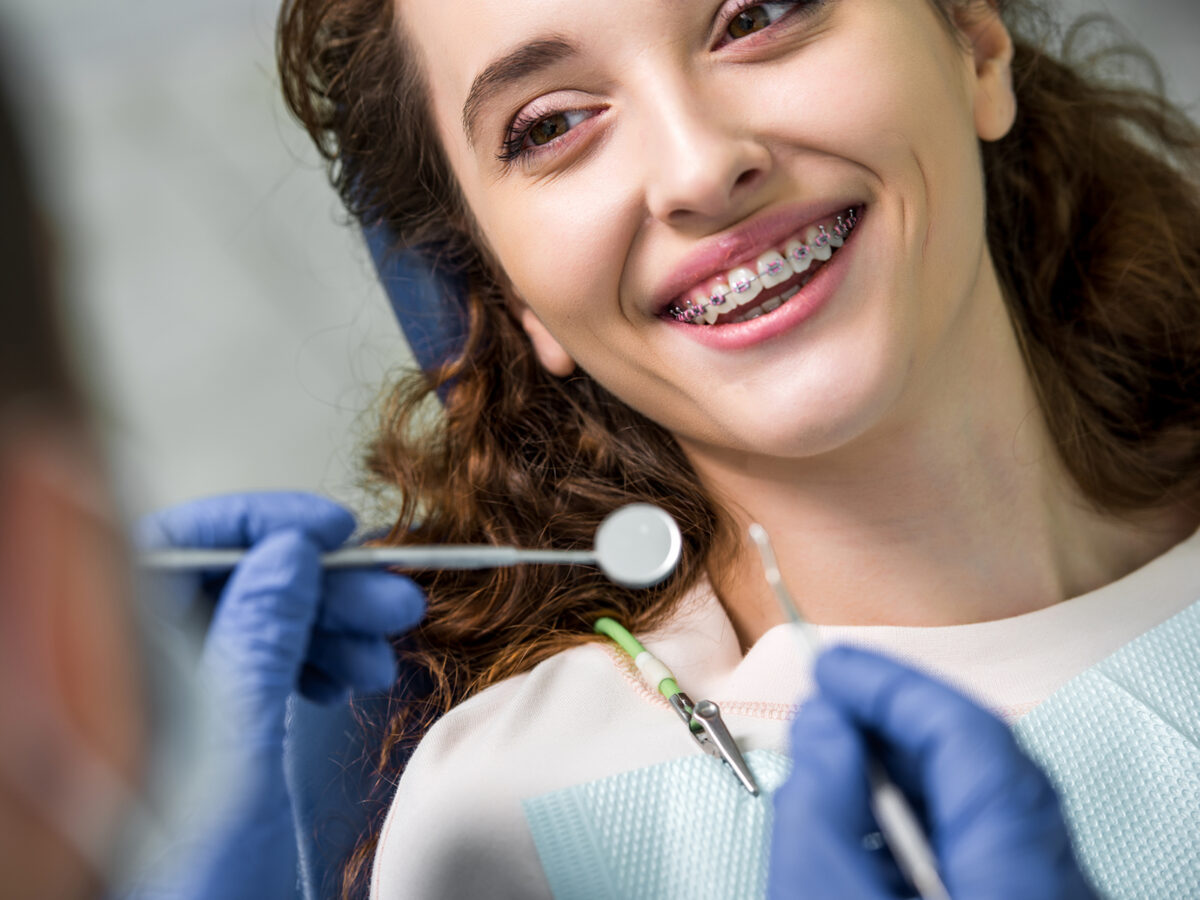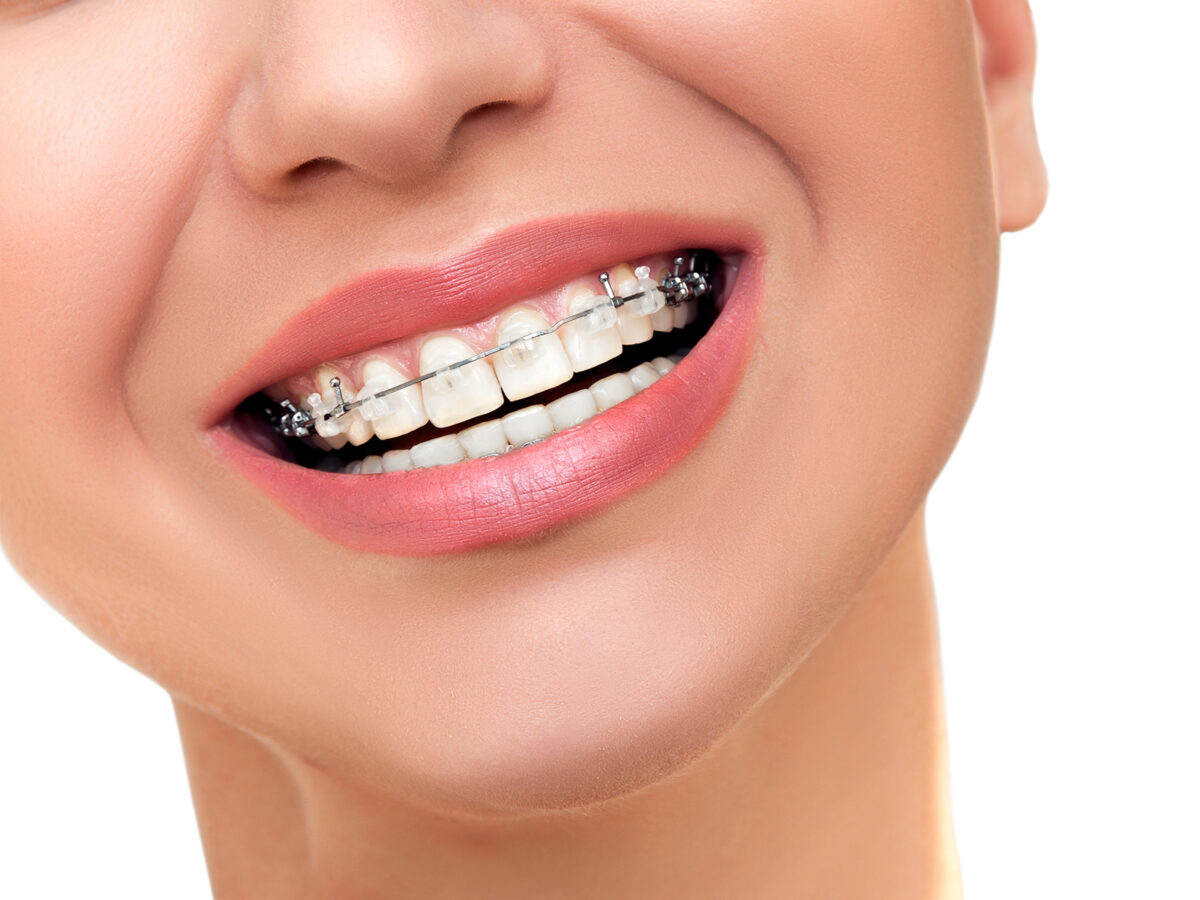Invisalign is an orthodontic treatment. Invisalign is a solid and durable source of straightening teeth over time without using metal braces. After you eat or drink any food or beverages, the food particles can get stuck in your mouth. It is not easy to remove the particles without brushing your teeth. Therefore if you directly put back the Invisalign after having any meal or drink, it can damage the quality of your Invisalign. Moreover, wearing your aligners with food particles lodged between your teeth will increase the chances of tooth decay, cavity, and other dental issues.
What foods to avoid if you wear Invisalign
The proper way of wearing your Invisalign
After every meal or beverage, brushing your teeth after putting in your Invisalign aligners is essential to avoid discoloration, tooth decay, and other dental issues. However, If you do not have access to clean water, you can chew sugar-free gum to remove bacteria and other food particles from your teeth. Furthermore, as a last resort, you may leave your aligners out until you can not brush or floss your teeth properly. But in any case, you must not put Invisalign back in without cleaning your teeth properly. After brushing your teeth, rinse the Invisalign with lukewarm or normal water and safely put the Invisalign back in. Hence, brushing or flossing your teeth properly before placing your Invisalign will save your teeth from various dental issues.
Lastly, if you are still facing any problems with your Invisalign, it is best to consult your dentist for a quick and easy solution.




